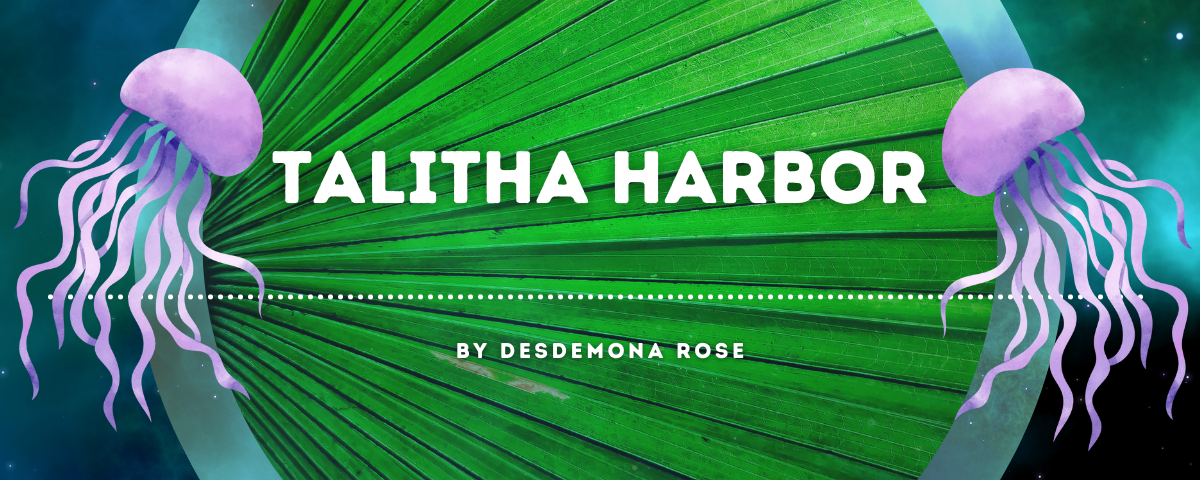Sanguine Weaver Fungi
The Sanguine Weaver Fungi is a unusual lifeform that doesn't easily fall into one class. It's a creature that is both plant and animal. A small round egg shaped creature that can slowly move through its environment, consuming dead plants and animals. They reach a max size of around 7 centimeters before splitting into two seperate creatures. Some will split at 5.5 or 6 cm.
It was discovered by Councillor Pema Pomare on Sanguine Island. A small island that rarely saw human visitors, partially due to it's distance from the three Great Cities. A trip to the island requires a week of travel, at a minimum.
The fungi is cultivated and grown in all three cities to be used by Health Services Vocation. The fungi contains an anticholinergic agent, a compound that can be used to block specific neutrotransmiters for medicinal purposes. Due to the small size of Sanguine island and the travel distance, this creature isn't gathered from the wild.
Basic Information
Anatomy
The Sanguine Weaver Fungi, to the naked eye, seems like a combination of fungi and animal. At a cellular level, they are neither. They are a creature of two cell types, neither fully fungi nor animal. They resemble fungi cells more so than animal, but differ from fungi found in Talitha Harbor. The Weaver Fungi name is a reference to the two cell types and the outward appearance of this creature. It is, currently, the only known species of its kind. The Talithans discovered its true nature within the last ten sols.
On the surface, the weaver fungi is a small egg-shaped creature, oblong and oval, with a textured dark orange exterior. The surface has holes spread over the surface of the body in a hexagonal configuration. At a glance, they look somewhat like holey mushroom tops.
Upon closer inspection, one will see hundreds of thin feelers searching along the ground and moving the organism through its environment. The movement is animal like. The soft bodied appendages have sensory organs and microscopic mouth parts.
The feelers are not a separate organism. The two parts share the same DNA and will die if separated.
The interior body of the organism is a tubular shape with the feelers growing from the middle, somewhat like a soft bodied sea urchin. They grow around the entire body, but remain inside the outer shell when not in use. This allows the fungi to fall, get pushed over, etc and still continue. It will simply use the feelers that can access the surface it’s moving along.
The interior connects to the outside structure with specialized cells. Nutrients from the feelers are filtered and sent to the outer shell.
The organism doesn't have anything resembling eyes, but it can sense decay, it's primary food source through its inner body. There are rudimentary smell sensors that only sense decay.
Growth Rate & Stages
The Sanguine Weaver Fungi is a hermaphroditic species. It’s a slow-moving species that can go a long time before finding a mate. As a result, when they find another, both act as male and female. They will exchange DNA and both produce offspring. They do so with narrow tubular sex organs that look similar to their feeding tube/leg appendages.
The tubes produce spores that are collected from the external body of the internal structure of the creature. Once they separate, the host weaver fungi will spread its own spores over the ones they’ve collected and they’ll combine and divide. Once they are too large to stay stuck to the body, they’ll fall, and are considered seeds.
The seeds are almost more like larvae or cacoon. They don’t split like a plant seed. They are the outside of the creature. The inside develops the appendages the creature will need to move around and eat. As they grow, they break through the body, consuming it, and creating the numerous holes that it will have for the rest of its life.
The second way they reproduce is by splitting. The creatures never stop growing. If they were to become too large, the appendages would lose the ability to move around the outer body. When it grows close to this size, the creature will pull in its appendages and start a complicated process of splitting the entire body into two separate creatures. They do this in the open wherever they fall. Their outer shell contains a neurotoxin that will kill anything that chews on it too much. The holes for the appendages are very small, but they are vulnerable to the tiny creatures who can fit inside. Especially during this time. But as long as it splits before too much of its body is consumed, it will consume the creatures inside once the split is complete.
The splitting also helps the species continue if it doesn’t meet another if its kind for a long time. They will not mate with genetic duplicates of themselves. Newly split weaver fungi will travel for three to four days, in opposite directions, before seeking a new food source, distancing themselves.
Conservation Status
Protected in the wild, but raised locally, in a controlled environment, for medicinal use.
Geographic Distribution
Discovered by



Comments